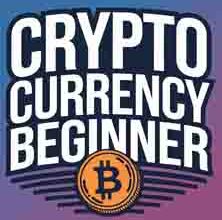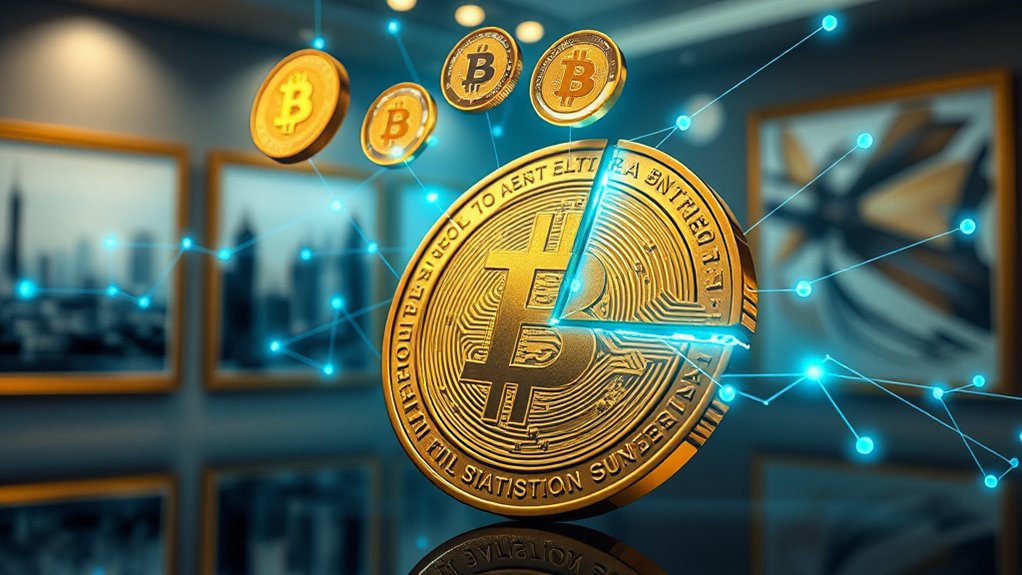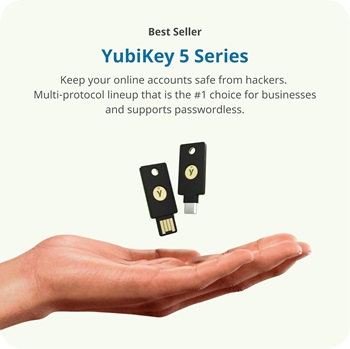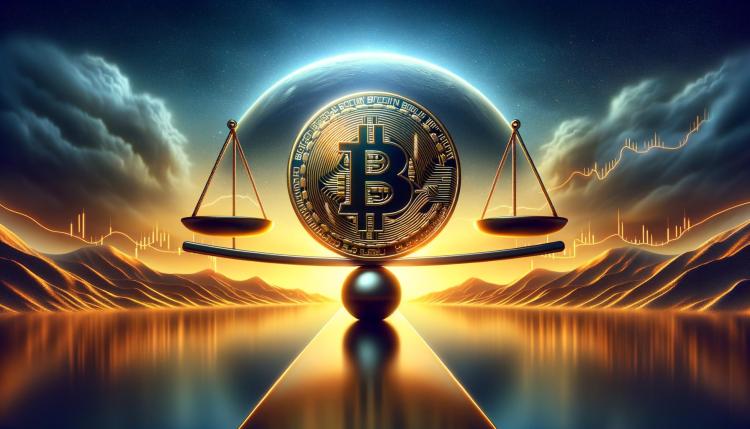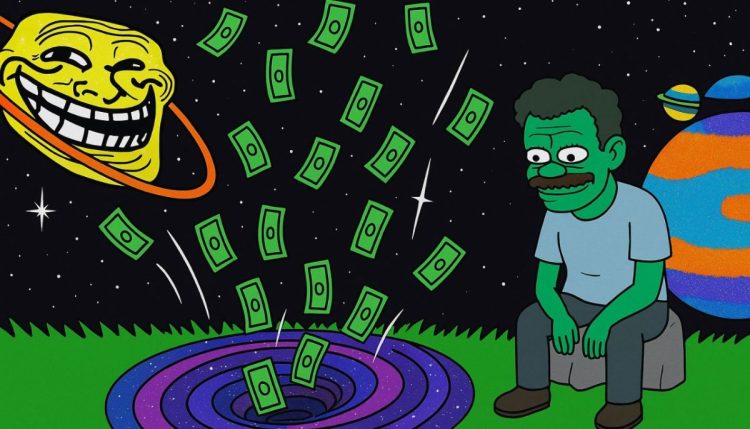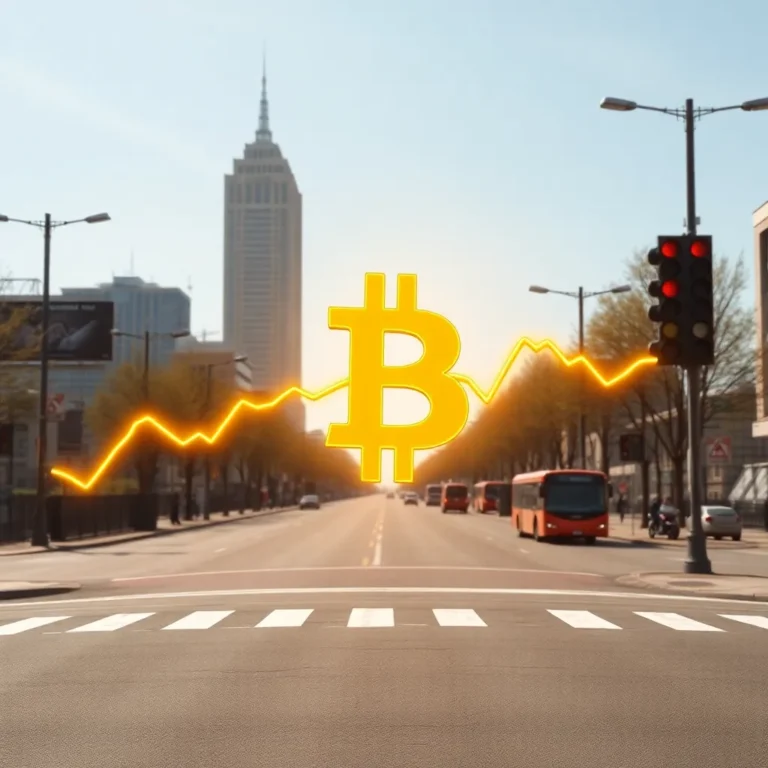Tokenization in Crypto
Note: This post may contain affiliate links, and we may earn a commission (with No additional cost for you) if you make a purchase via our link. See our disclosure for more info. The crypto world is constantly changing. This content is for informational purposes only and not financial, legal, or professional advice So, please verify the info on the cryptocurrency provider’s websites.
Tokenization in crypto is shaking things up. It takes traditional assets, like real estate and art, and turns them into digital tokens. Suddenly, people can own a fraction of a property or artwork they could never afford outright. This boosts liquidity for assets that usually sit in a vault, collecting dust. Plus, smart contracts cut out the middleman, reducing fraud. Curious about the nitty-gritty details of this digital transformation? There's more to explore.
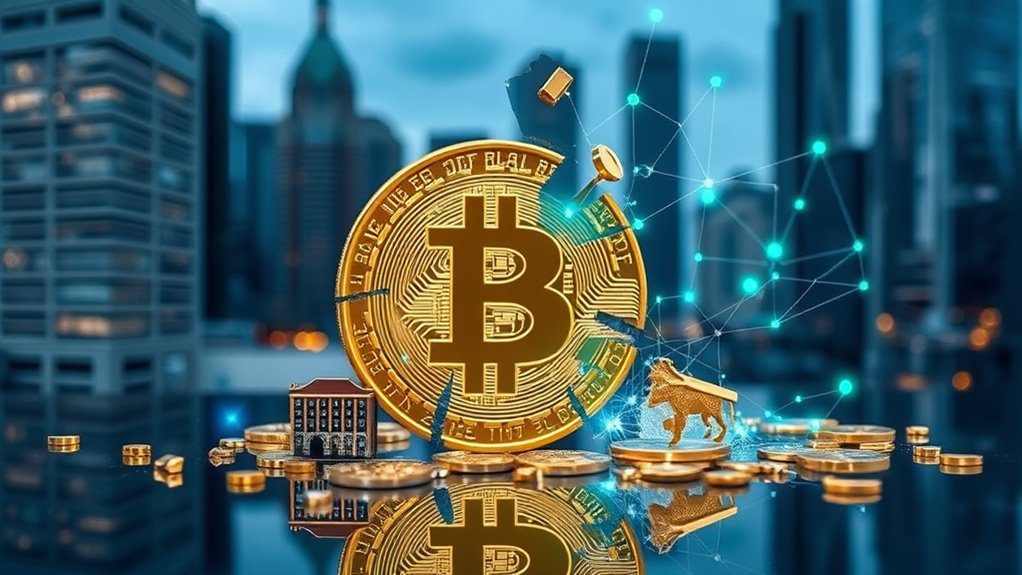
Tokenization in crypto is like taking a boring old asset—think real estate or a piece of art—and giving it a flashy makeover as a digital token on the blockchain. Imagine slicing up a massive piece of property into bite-sized digital pieces that anyone can own. That's right, folks. Fractional ownership is no longer just a pipe dream. Tokenization turns traditionally illiquid assets into something you can buy a fraction of, making real estate and art accessible to the masses.
Tokenization transforms boring assets into digital gold, making fractional ownership of real estate and art a reality for everyone.
Consider the corporate bonds from electric vehicle company EGO or HSBC's tokenized gold. Even government securities are getting in on the action, thanks to Ondo Finance. The market for tokenized assets is projected to hit a staggering $10 trillion by 2030. That's a lot of zeros, and it's driven by sectors like healthcare and energy. Tokenization facilitates seamless transactions and enhances liquidity for individuals and businesses in this rapidly growing market, significantly lowering the risk of unauthorized access to sensitive information.
The magic happens through smart contracts. These nifty little bits of code automate everything, from distributing rental income to handling governance votes. No need for a middleman, which means fewer chances for fraud. With token standards like Ethereum's ERC-1400 and ERC-3643, compliance and interoperability are as easy as pie—well, if pie were a complex set of rules.
What about the different types of tokens? You've got fungible tokens, like stablecoins, which are interchangeable and actually have value. Then there are non-fungible tokens (NFTs) that give you a unique piece of digital art or Beeple's jaw-dropping $69 million masterpiece. Governance tokens? They give you voting rights in decentralized organizations, while utility tokens get you access to blockchain services. It's like a digital VIP pass. Gold-backed cryptocurrencies like Tether Gold and Paxos Gold represent another innovative token category that combines digital asset benefits with the stability of physical gold reserves.
Security isn't left out, either. Techniques like secure hashes and split tokenization protect data integrity. So, in a world where financial gatekeepers are becoming obsolete, tokenization is shaking things up—and it's about time.
Frequently Asked Questions
What Are the Risks Associated With Tokenization in Crypto?
The risks associated with this process are nothing short of a rollercoaster ride.
Legal headaches abound, with laws changing faster than anyone can keep up.
Then there's security—think hacks and scams lurking around every digital corner.
And let's not forget market liquidity; good luck finding buyers when demand hits a dry spell.
It's a wild west out there, where steering through regulations feels like an intimidating maze.
Buckle up; it's a bumpy ride!
How Does Tokenization Affect Transaction Speed?
Transaction speed? It's a game-changer.
With blockchain tech, transactions happen in the blink of an eye. No waiting around for bankers to wake up.
Solana cranks out 65,000 transactions per second—yes, that's not a typo. Say goodbye to middlemen dragging their feet.
Instant settlements? Check. It's like fast food for finance, minus the grease.
The world's gone digital, and if you're not keeping up, well, good luck with that!
Can Tokenized Assets Be Traded on Multiple Platforms?
Yes, tokenized assets can totally be traded on multiple platforms.
Thanks to blockchain magic, they hop from one network to another without breaking a sweat. Smart contracts do the heavy lifting, automating transactions like pros.
Sure, regulations throw a wrench in the works occasionally, but platforms like tZERO keep things legit.
What Regulations Impact Tokenization in Different Countries?
Regulations on tokenization? Oh, they're a mixed bag!
The EU's MiCA is trying to tidy things up by 2024, while the UK lets companies play in sandboxes.
Meanwhile, Singapore and Hong Kong are keeping it tighter with AML rules.
The US is all over the place, struggling with Bitcoin ETFs.
And don't even get started on China's bans.
It's a global patchwork of rules that leaves everyone scratching their heads.
How Do I Create My Own Tokenized Asset?
Creating a tokenized asset? It's not rocket science, but it's no walk in the park either.
First, pick your asset—something shiny or digital. Next, decide if it's fungible or non-fungible—yes, that matters.
Choose a blockchain, then get a third-party auditor to verify your stuff. Finally, issue the token. Easy, right?
Just remember, there's a world of regulations lurking around. Don't ignore them, or you might regret it later.
